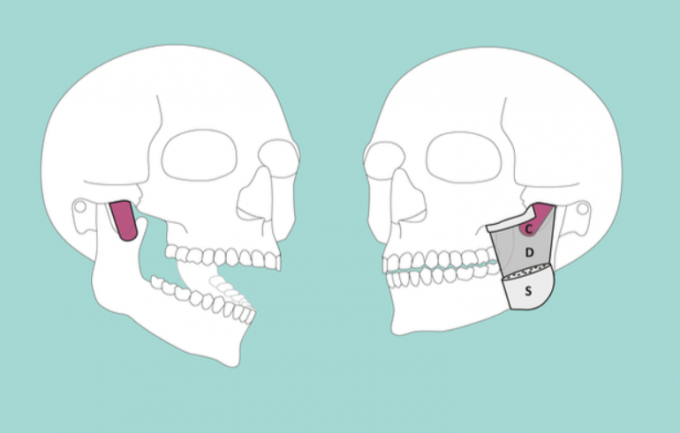Researchers from Switzerland have discovered a new layer of muscle in our jaw. The team described an additional, deeper layer in the masseter muscle, a prominent muscle in the jaw that lies at the back of the cheek and helps with chewing.
Their findings were recently published in the journal Annals of Anatomy. They recommend that the muscle be named Musculus masseter pars coronidea, which means the coronoid part of the masseter.
see more
Alert: THIS poisonous plant landed a young man in the hospital
Google develops AI tool to help journalists in…
The team performed a detailed anatomical study using CT scans. They analyzed stained tissue sections from deceased individuals and MRI data from a living person.

The lead author, Dr. Szilvia Mezey from the Department of Biomedicine at the University of Basel explained: “We have sought to clarify the architecture of the masseter muscle not only from the point of view of an anatomist, but also approached it from the perspective of pain dentists orofacial. This new approach allowed us to locate and describe a part of the muscle that was simply overlooked or not specified in sufficient detail by previous authors.”
When asked what this muscle's role was, she added that, at the moment, it can only be deduced based on its architecture. “It is likely to be involved in retracting the lower jaw back towards the ear and stabilizing the temporomandibular joint, for example during chewing,” she says. The team planned to perform a detailed analysis of muscle function to validate the theory deduced from the architecture.
“Most people think of human anatomy as a science where everything has been fully described for decades. However, there are still many areas of the human body where more detailed descriptions are needed, especially in view of modern medical treatments that allow for more specific and focused interventions,” adds Dr. Mezey.
So does that mean our books need revisions? “Anatomy textbooks are regularly revised with new editions, following the results of the most recent research. recent studies in all areas of anatomy, not only at the macroscopic level, but also including histology and embryology”, she concludes.

